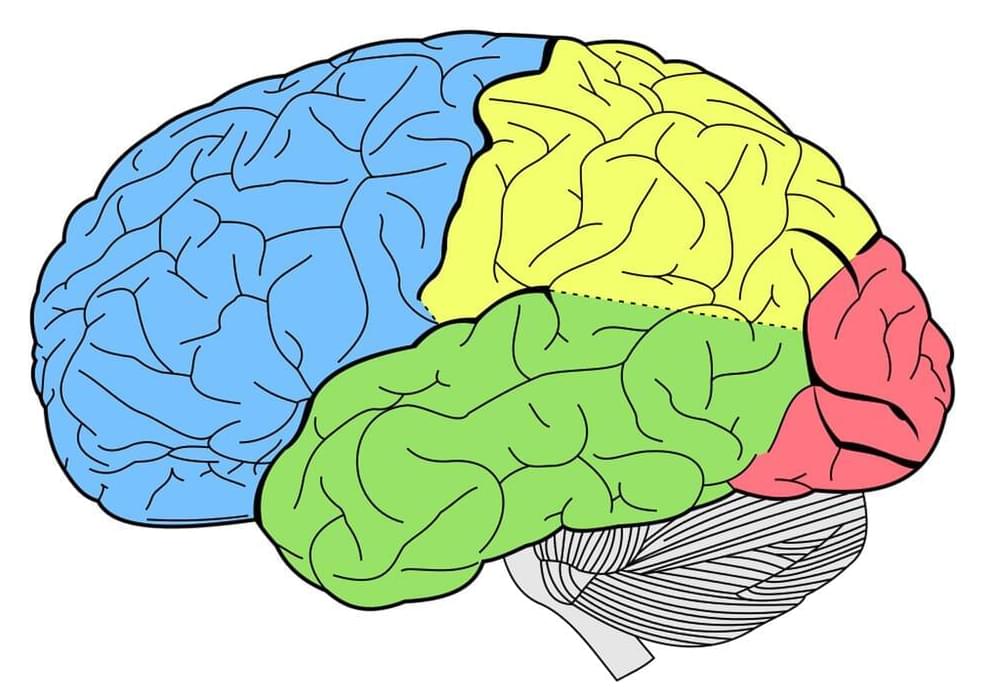There is a new AI tool so smart that it can write code, create websites, and software with just a single prompt. Devin, created by the tech company Cognition, is the first AI software engineer. It can do pretty much everything you ask it to do. And the AI tool does not come with the intention to replace human engineers, it is designed to work hand-in-hand with them. The makers say that the AI tool has not been launched to replace human engineers but to make their lives easier.
“Today we’re excited to introduce Devin, the first AI software engineer. Devin is the new state-of-the-art on the SWE-Bench coding benchmark, has successfully passed practical engineering interviews from leading AI companies, and has even completed real jobs on Upwork. Devin is an autonomous agent that solves engineering tasks through the use of its own shell, code editor, and web browser,” Cognition posted on Twitter aka X.
What makes Devin stand out is its incredible ability to think ahead and plan complex tasks. It can make thousands of decisions, learn from its mistakes, and get better over time. Plus, it has all the tools a human engineer needs, like a code editor and browser, right at its digital fingertips. Devin is considered the most advanced or cutting-edge solution available for evaluating software engineering tasks based on the SWE-bench coding benchmark. Essentially, it performed exceptionally well compared to other solutions when tested against a standard set of software engineering problems. The AI tool performed well in practical engineering interviews conducted by top artificial intelligence companies. These interviews likely involved tasks and challenges relevant to the field of AI and software engineering, and the AI assistant managed to meet expectations.









